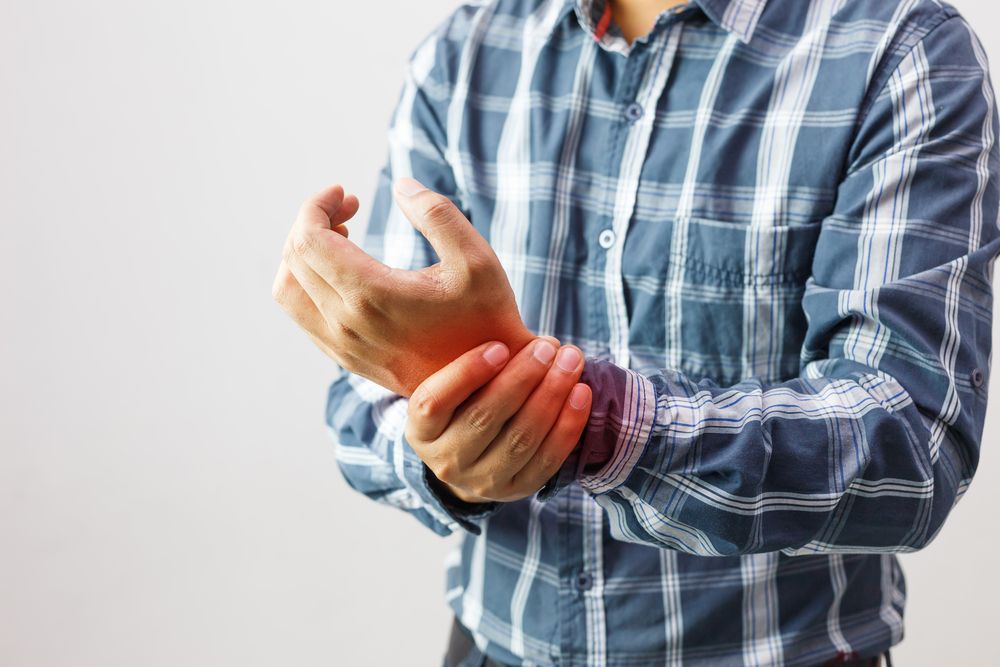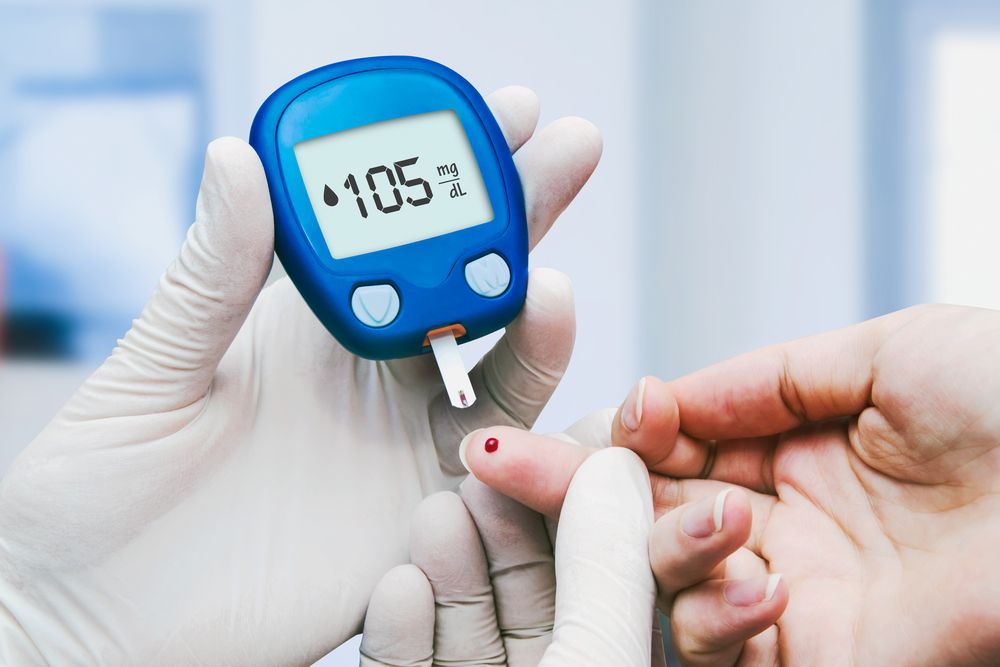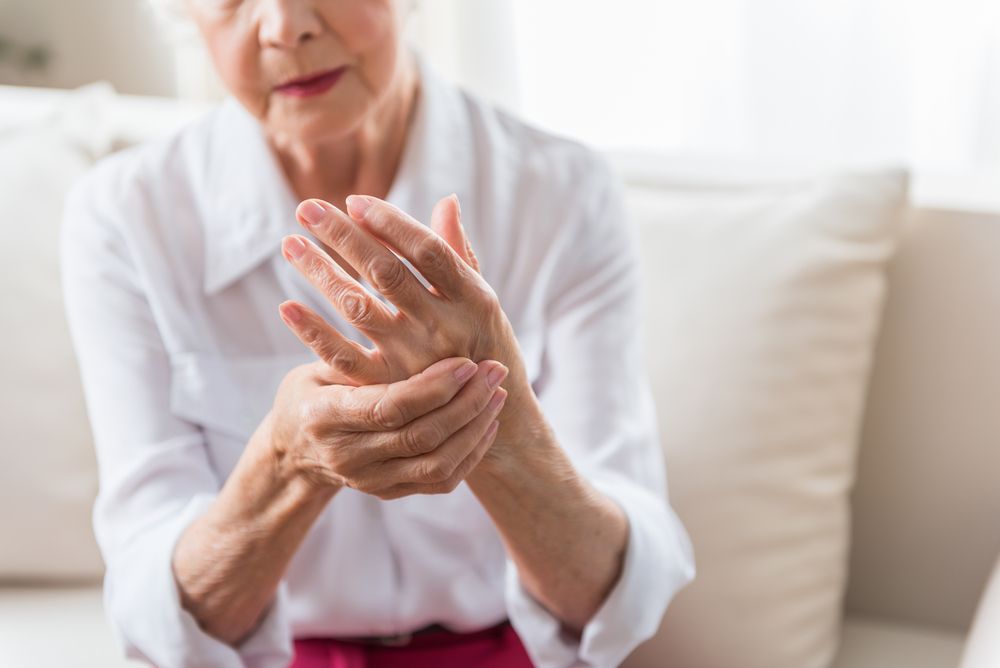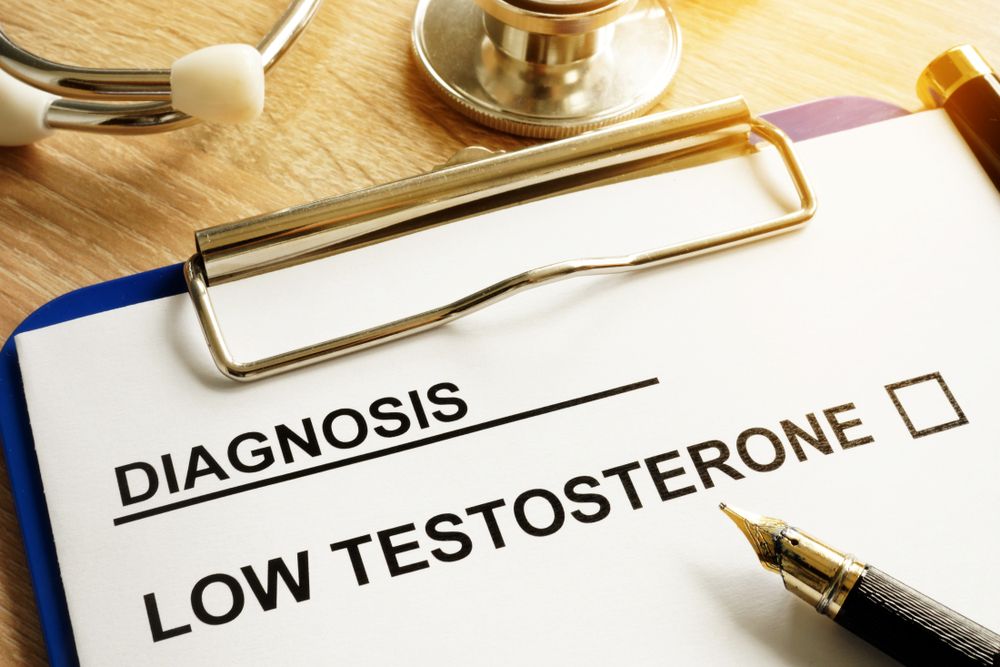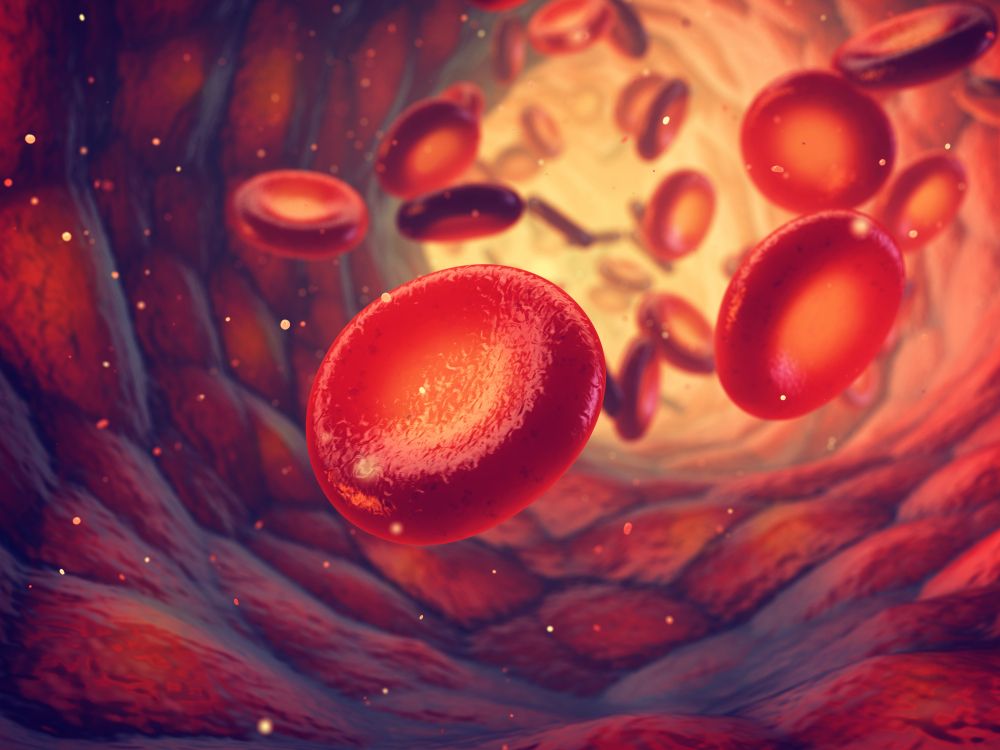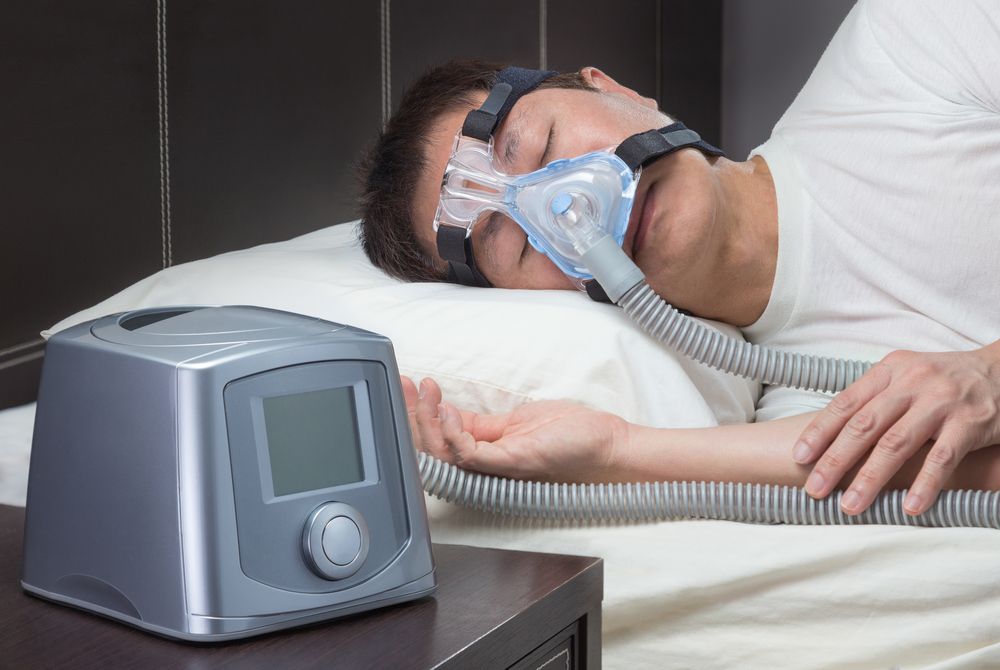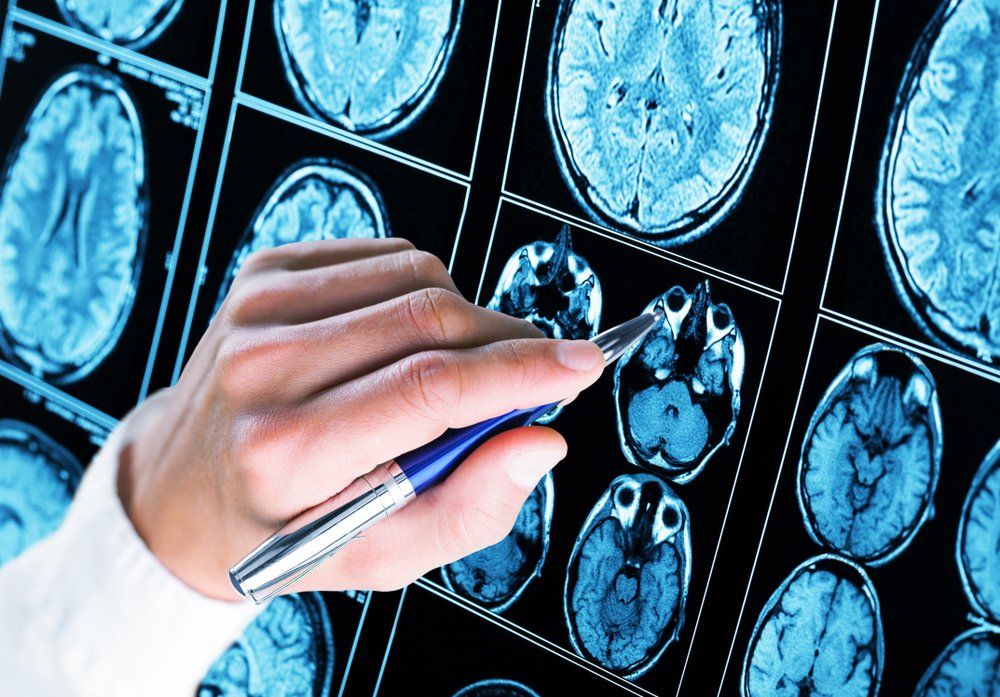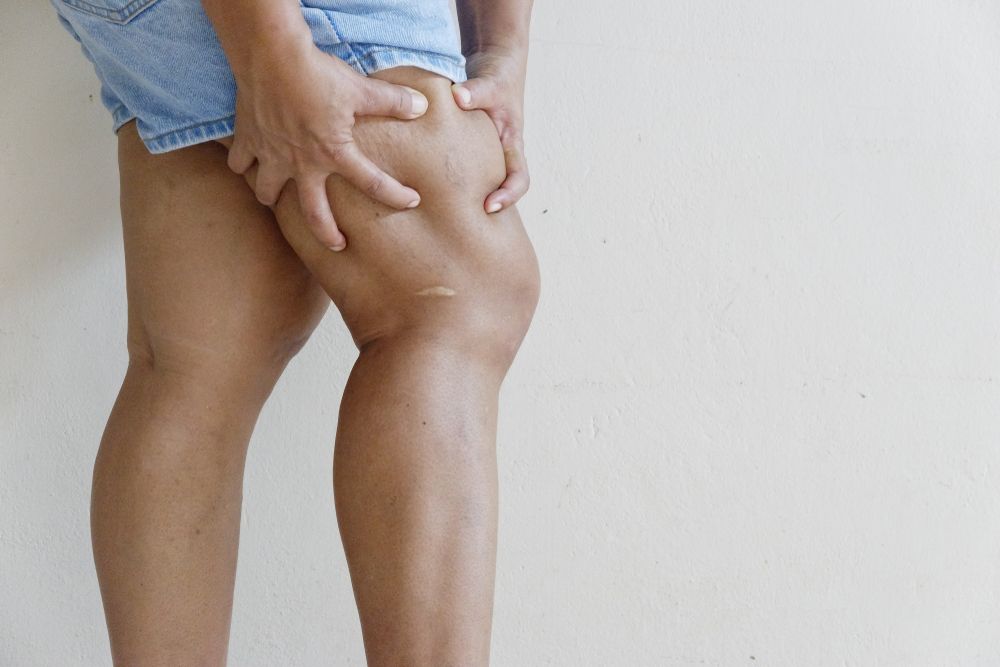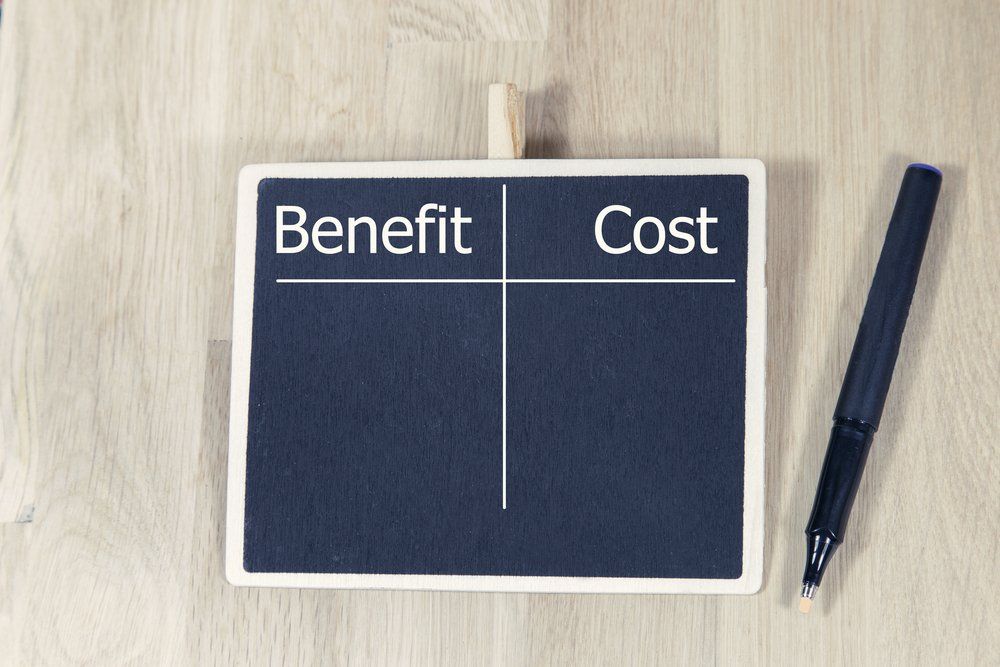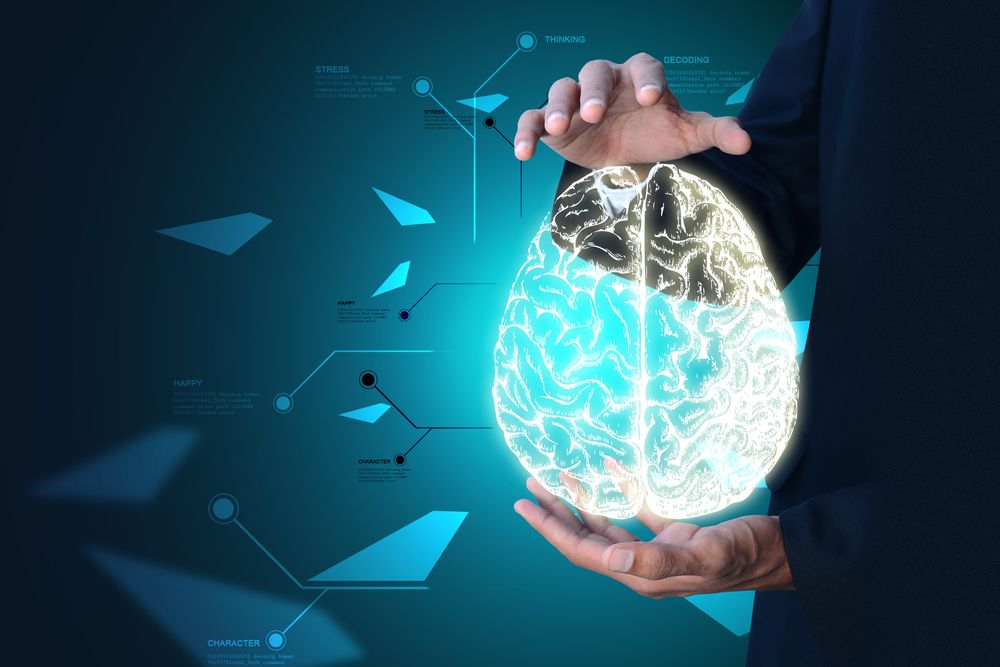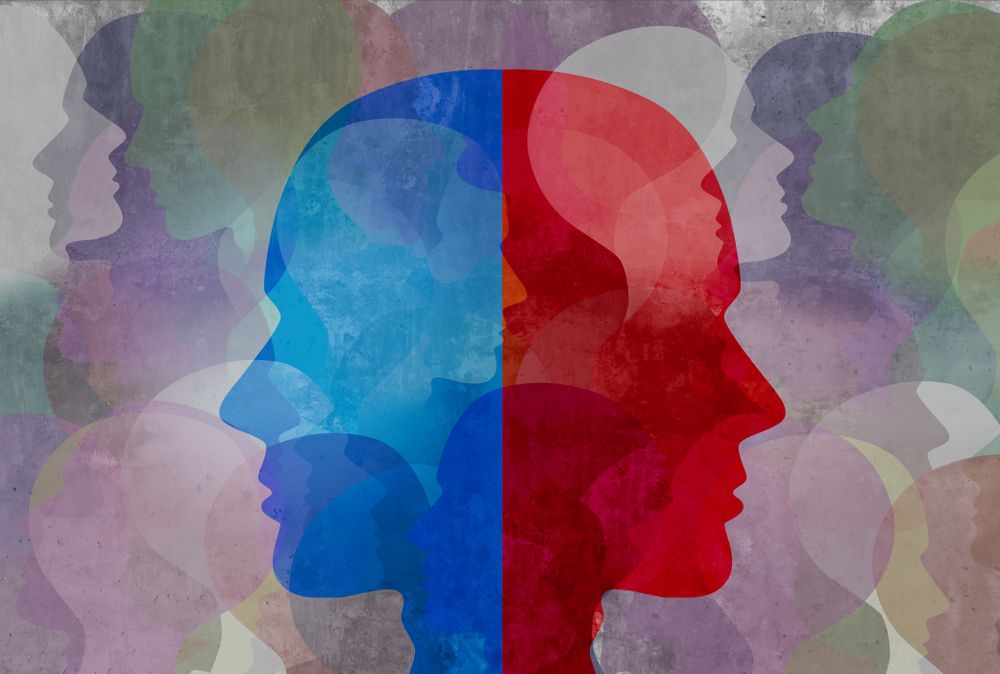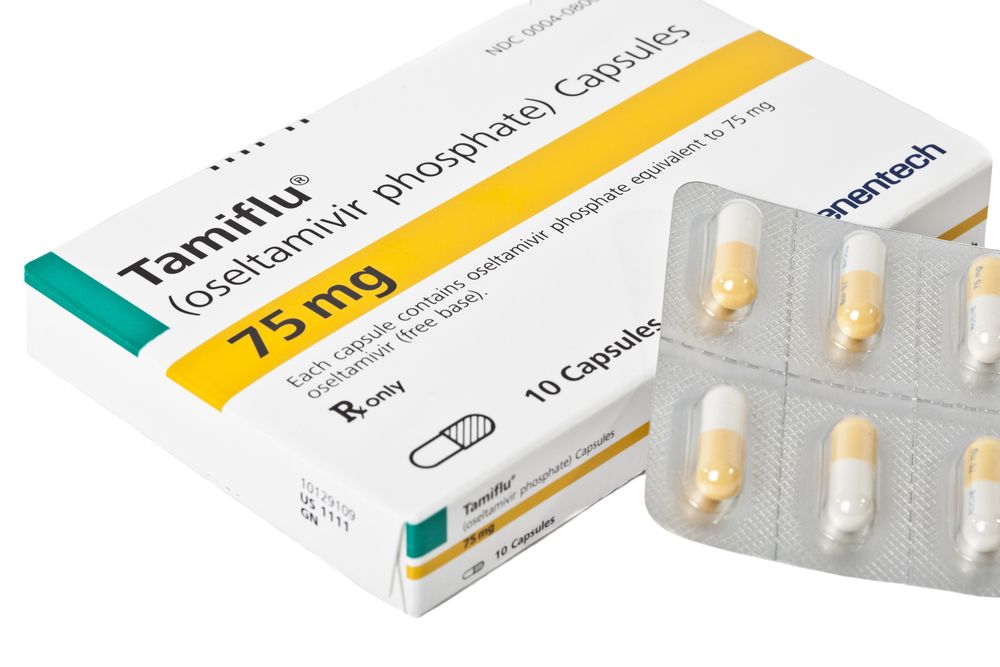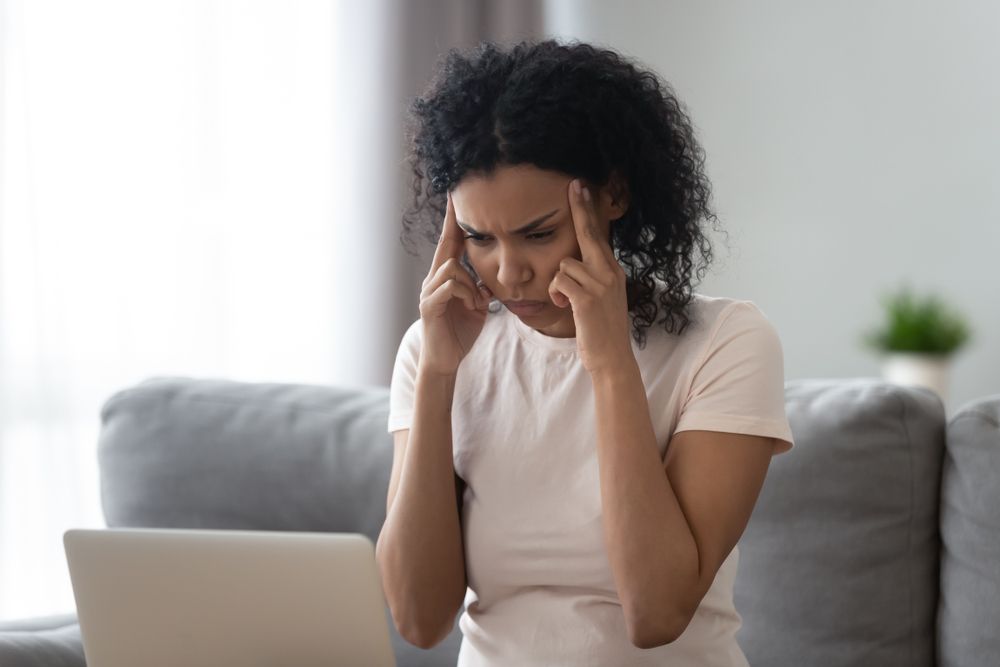Chronic pain can greatly impact a person’s quality of life. This pain can make everyday tasks difficult.
Unfortunately, solving chronic pain problems can be hard, as doctors must balance the benefits of a medication or procedure with its risks. The United States is currently struggling with an opioid epidemic due to the overprescription of addictive painkillers, making many doctors rightfully wary of prescribing these drugs. (Learn More)
Ideally, a treatment plan for pain won’t require any drugs or medical procedures, but this is generally not realistic. Natural therapies, like physical therapy, massage, and acupuncture, can reduce pain levels with little downside. While other treatments may be required, these can be effective supplemental treatments. (Learn More)
If opioids are a bad fit, tricyclic antidepressants may be an option. These antidepressants are linked to moderate pain relief for a variety of (but not all) conditions. Although they can cause physical dependence, they are not addictive. Gabapentin is also often used for this purpose, but it has far less evidence showing its effectiveness. (Learn More)
In some cases, a procedure might be appropriate to help a patient nullify some or all of their pain. Surgery may simply correct the cause of chronic pain, but this is not always an option.
Numbing shots may be used to block nerve signals that are causing pain, or nerves may be burned with a special needle to reduce the transmissions of pain signals. These procedures do not bring permanent results, but many chronic pain sufferers may prefer an occasional procedure to the level of pain they deal with daily. (Learn More)
Treating Chronic Pain
For those who haven’t experienced it, the toll of chronic pain can be difficult to understand. Many medical conditions and injuries can cause mild to severe pain that persists. While the pain may wax and wane, it can follow patients for years or even their entire lives.
Even mild pain that is experienced daily can make it difficult for a person to focus on basic tasks, work, and enjoy life. Unfortunately, many of the solutions to chronic pain are a double-edged sword.
Many mild painkillers, like acetaminophen, help little with chronic pain. Meanwhile, narcotics (commonly called opioids) are powerful painkillers that can be addictive. They also have harsh effects on the body over time.
Finding the right balance between the risks associated with a pain treatment and its effectiveness is not always easy for the patient or the doctor. While non-narcotic treatments are certainly not a good fit for everyone, they usually have fewer risks and can help to alleviate chronic pain.

Non-Drug Treatments
While many people with chronic pain need more serious pain relief, there are a few natural remedies people can try that carry few downsides.
These relatively simple practices can be used in conjunction with medications. Even for moderate to severe chronic pain, they may be able to lessen overall pain.
- Physical therapy: With the help of a physical therapist, you are led through a variety of movements that help with pain and improve mobility.
People react differently to physical therapy. The effectiveness will vary from condition to condition and person to person. Consistent physical therapy does help to alleviate pain, at least somewhat, for most people over time. - Exercise: While there is notable overlap with physical therapy (of which exercises are often a component), exercise can easily be done at home. Ask your doctor prior to beginning a new exercise regime, particularly if you have a health condition like chronic pain.
Exercise releases endorphins, which can temporarily help with pain, and aid in mobility. Improving the body’s fitness level can help with pain relief as muscles hold onto joints better. Weight loss results in less pressure on the joints, a common cause of chronic pain. - Massage or acupuncture: Both of these therapies relieve muscle tension and relax the body, so they can help with muscle pain. When done properly, acupuncture is generally safe and has proven efficacy for a variety of conditions.
Non-Narcotic Drugs
There are a number of drugs that can be used to treat chronic pain.
Opioids have a place in pain treatment, but many people prefer to avoid them unless they are absolutely necessary due to their addictive nature and potential side effects. Considering the severity of the opioid abuse epidemic in the U.S., doctors are often reluctant to prescribe them to patients who are not in serious pain.
The most mild non-narcotic drugs are common over-the-counter (OTC) medications like Tylenol and Advil. While side effects of these medications tend to be very mild, they are often not enough to manage chronic pain.
There are a couple more powerful non-narcotic prescription medications you and your doctor can discuss.
- Tricyclic antidepressants: While not originally intended to treat pain, certain antidepressants have been shown to be good for nerve pain, even when the patient does not experience depression. They’re believed to work by increasing neurotransmitters in the spinal cord that reduce pain signals, and they can provide moderate pain relief for many patients.
While they come with side effects and risks, and the body can grow physically dependent on them, tricyclic antidepressants are not addictive. - Gabapentinoids: These medications are increasingly prescribed off-label as an alternative to opioids. Gabapentinoids began as antiseizure medications, and the FDA deemed that they were only suitable in treating pain in connection to postherpetic neuralgia. They are now sometimes prescribed for pain relief.
Unlike tricyclic antidepressants, the evidence that gabapentinoids work for pain is unfortunately limited. If you are prescribed a gabapentinoid (generally gabapentin), discuss this issue with a doctor. - Pregabalin (Lyrica): Pregabalin is overprescribed for pain. But it has been proven to treat a wide variety of painful conditions, including fibromyalgia, postherpetic neuralgia, and neuropathic pain associated with spinal cord injury or diabetic neuropathy.
If you are prescribed this medication but do not have any of those conditions, talk to your doctor about your concerns to make sure it is appropriate for you.
A new drug, AT-121, is specifically being developed as a painkiller to counter the opioid abuse epidemic. While still being reviewed, this drug appears to have similar pain-relieving effects as morphine, but far fewer side effects and a lower abuse potential.

Procedures to Reduce Pain
Some procedures may help to manage chronic pain.
- Surgery to correct the problem: Sometimes chronic pain is simply caused by a fixable abnormality in the body. In these cases, surgery or the appropriate corrective measures can be used to fix the issue and reduce or completely relieve the pain.
- Nerve blockers: While not permanent in effect, a physician can inject a numbing agent into the affected area of some sources of pain. Although this may require multiple injections and consistent treatment, it can sometimes greatly reduce the pain a person has to deal with on a daily basis.
- Radiofrequency ablation: By using radio waves, nerves that are responsible for pain sensations can be burned with a special needle. This can short-circuit that nerve’s pain signal, providing relief for up to a year.
Consistent nerve blocking or yearly radiofrequency ablation is primarily for those who deal with moderate or severe chronic pain.
The risk of surgery must always be balanced against its benefits. Even routine surgery has an ever-present risk of error or some other unknown that puts the patient in danger. Even if that risk is small, it is not always worth taking.
A Comprehensive Treatment Approach
While narcotics don’t always need to be avoided, and they have an appropriate place in pain management, most people wish to manage their pain without strong painkillers.
The goal should be to balance use of painkillers with other non-narcotic and non-addictive treatments, such as physical therapy, good nutrition, and holistic therapies, like massage.
References
Non-Opioid Treatment. American Society of Anesthesiologists
Alternatives for Managing Pain That Aren’t Opioids. Beaumont Health.
Opioid Crisis Breakthrough: Non-Addictive Painkiller Found Effective. (August 30, 2018). MedicalNewsToday.
NCI Dictionary of Cancer Terms. National Cancer Institute.
Physical Therapy and Pain Management. (February 16, 2019). WebMD.
Acupuncture: In Depth. (February 21, 2017). National Center for Complementary and Integrative Health (NCCIH).
Antidepressants: Another Weapon Against Chronic Pain. (September 13, 2016). Mayo Foundation for Medical Education and Research (MFMER)
A Clinical Overview of Off-Label Use of Gabapentinoid Drugs. (March 25, 2019). American Medical Association.
Conditions Lyrica Treats. Pfizer.


